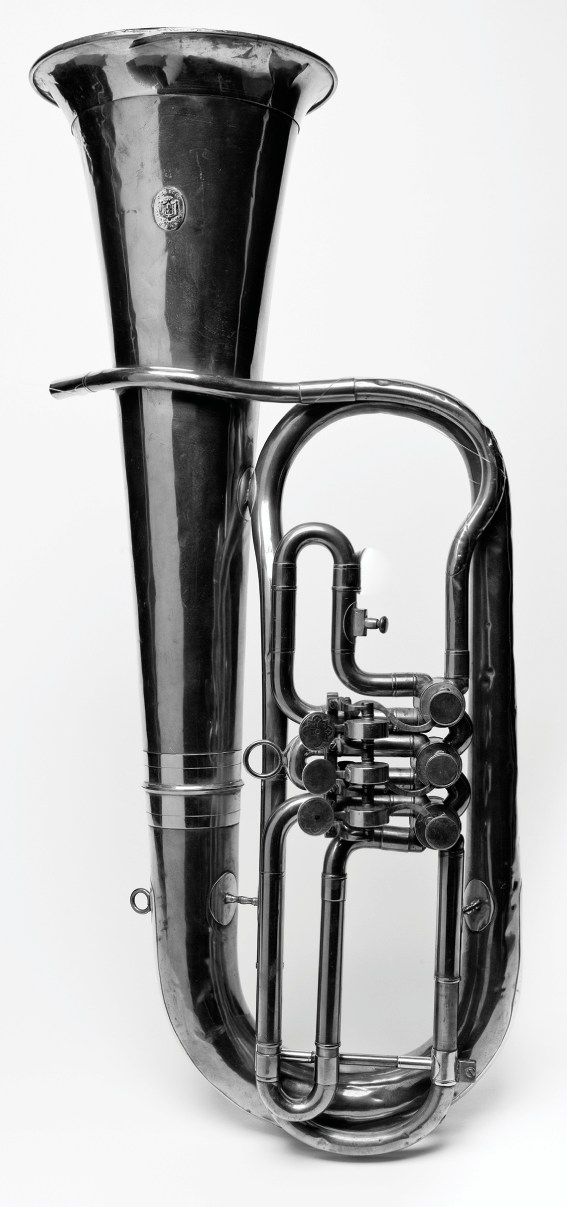

In 1945 it was transferred to Gomphus by Rolf Singer. Earle’s new combination was not published validly according to nomenclatural rules.

floccosus the type species of the new genus Turbinellus in 1909, remarking that «They constitute a striking and well-marked genus which seems to have more in common with the club-shaped species of Craterellus than with the following genus where they have always been placed.» However this was not widely taken up. However, Kuntze’s revisionary program was not accepted by the majority of botanists.įranklin Sumner Earle made C. princeps became Merulius floccosus and M. Three taxa received new names: Kuntze coined the genus Trombetta, which incorporated Cantharellus canadensis (as Trombetta canadensis), while C.

In 1891, German botanist Otto Kuntze published Revisio Generum Plantarum, his response to what he perceived as a lack of method in existing nomenclatural practice. A large specimen collected in Maine by Charles James Sprague was described as Cantharellus princeps in 1859 by Berkeley and Moses Ashley Curtis. In 1839, Miles Joseph Berkeley described a specimen from Canada as Cantharellus canadensis from a manuscript by Johann Friedrich Klotzsch, noting its affinity to C. Its specific epithet is derived from the Latin floccus, meaning «flock of wool». This species was first described as Cantherellus floccosus in 1834 by American mycologist Lewis David de Schweinitz, who reported it growing in beech woods in Mount Pocono, Pennsylvania.


 0 kommentar(er)
0 kommentar(er)
